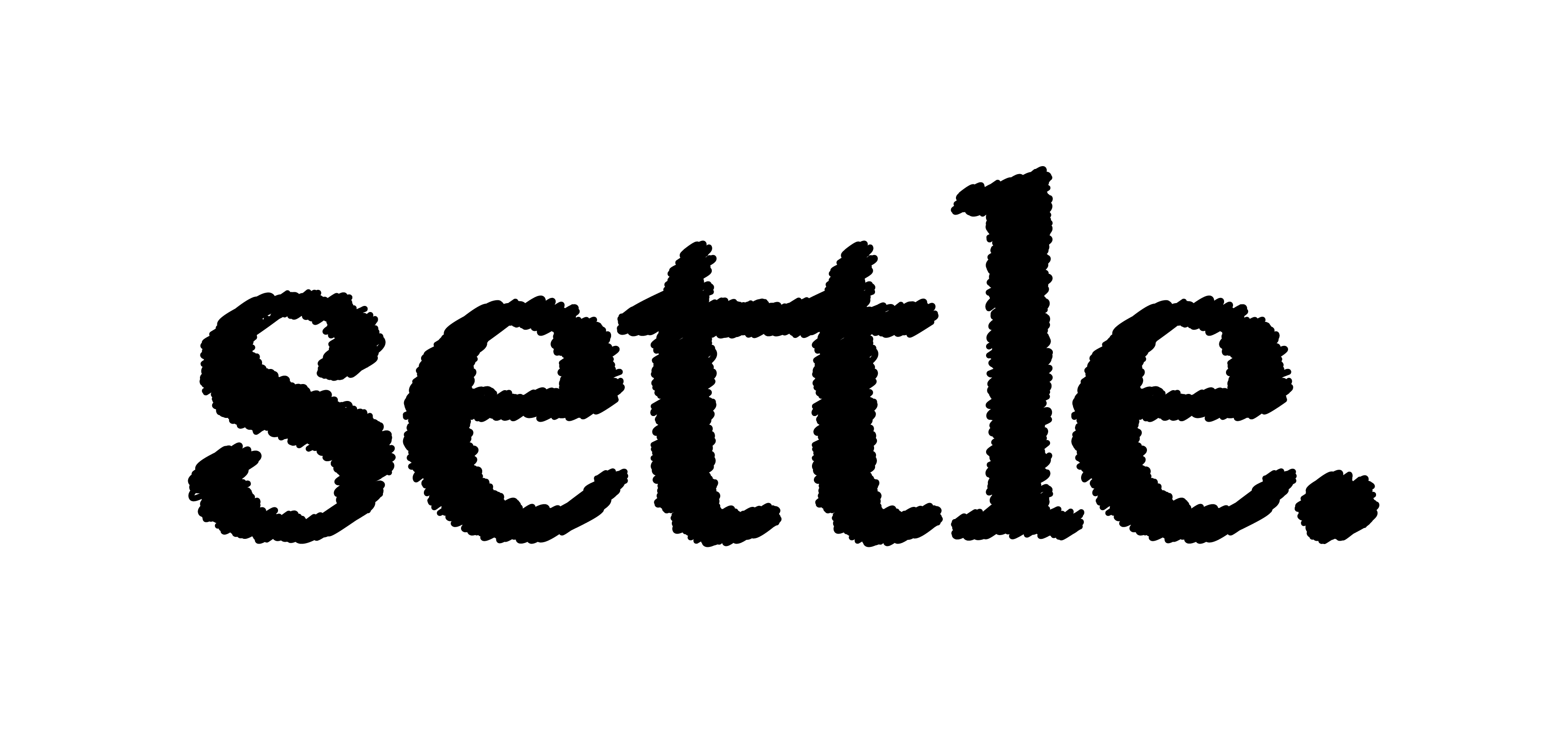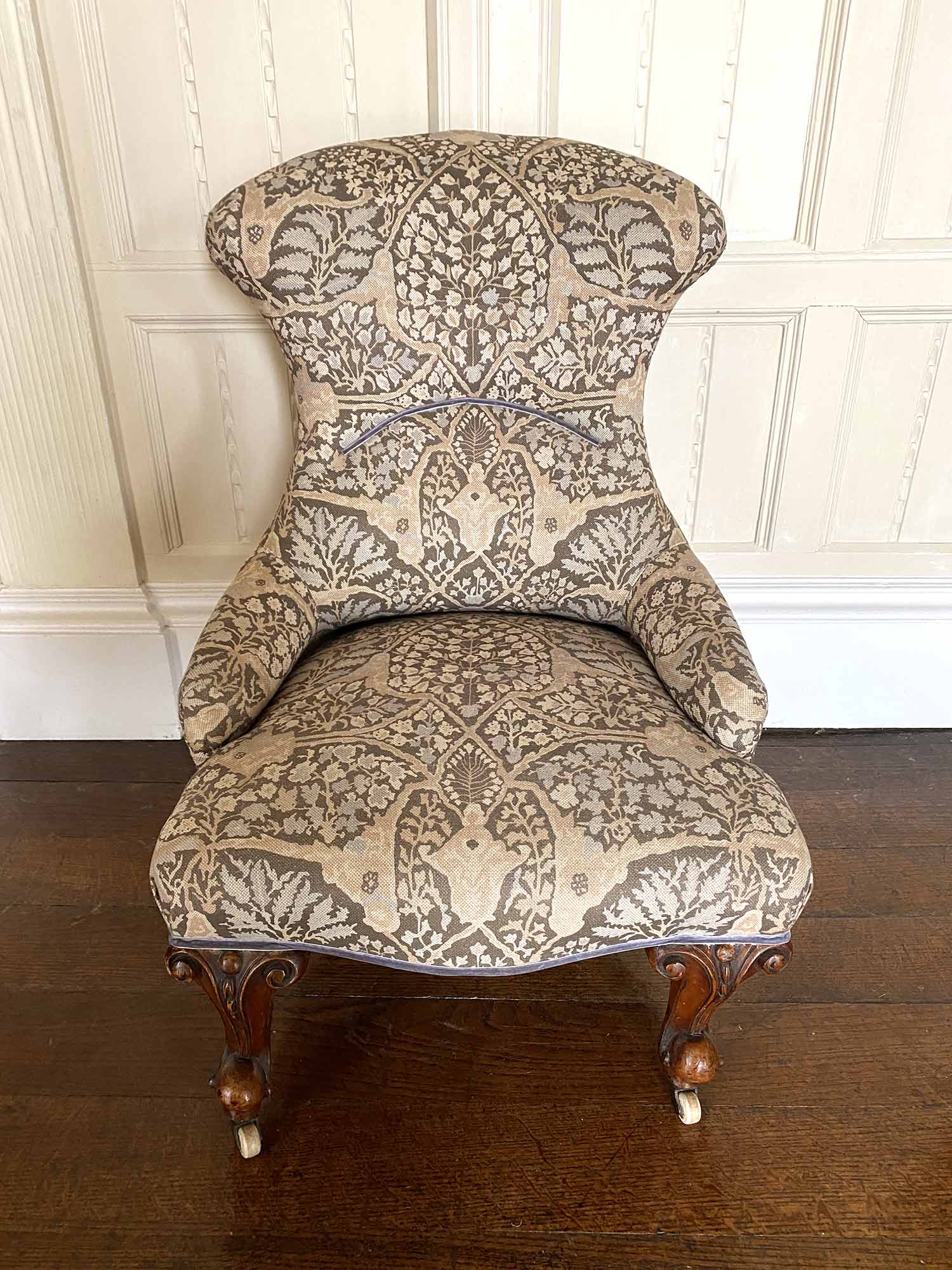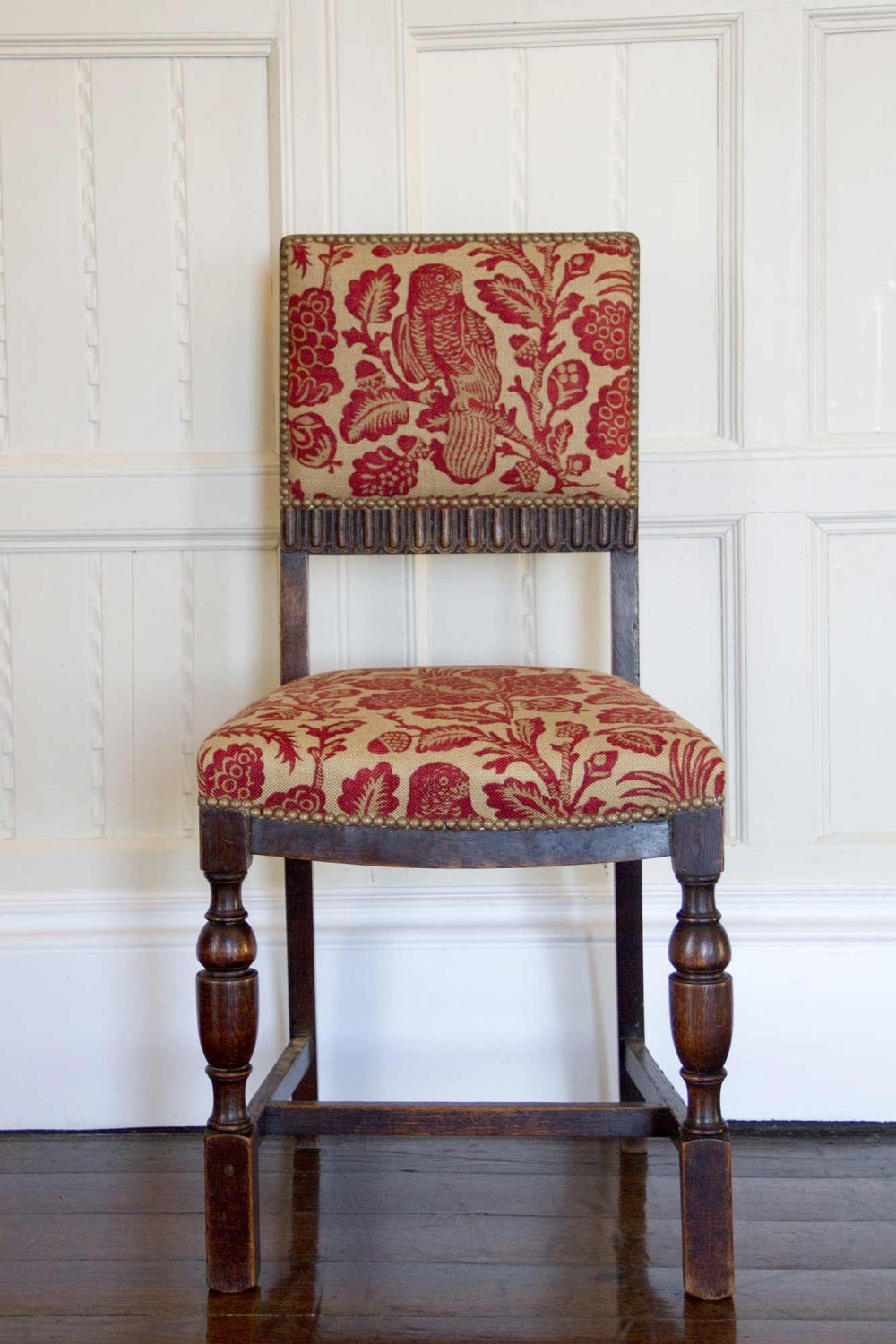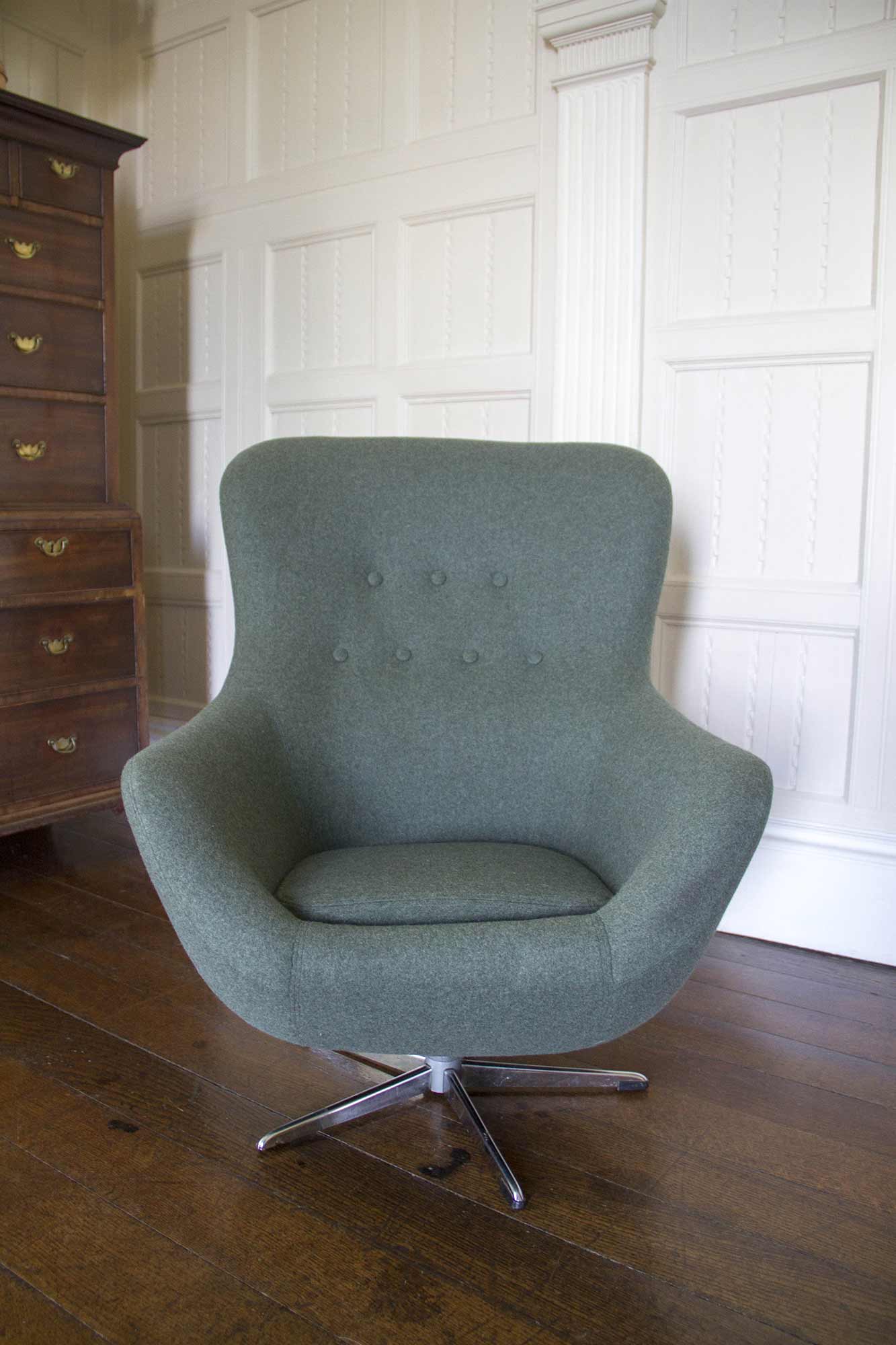Services
I offer a choice of service levels depending on your budget and the condition of your furniture:
Recovering
If a piece of furniture is comfortable and the internal construction is still in sound condition then removing and replacing the outer top fabric while retaining the original filling is a cost-effective option to refresh and update the look of your piece.
However, if the furniture is unsound or deformed in shape then the internal structure and fillings will need to be stripped out and replaced in a full upholstery service.
Traditional Upholstery
Traditional Upholstery is most suitable for furniture dating from before the mid 1940s. The methods and materials used have changed little over hundreds of years.
Materials are predominately natural and biodegradable including jute hessian, jute webbing, linen scrim, cotton calico, jute twine, cotton padding, coconut fibre and curled animal hair.
Methods include a variety of skilled techniques required to manipulate, firm and shape the various layers of fillings by hand using ties, stitches and knots. The traditional tools involved include specially shaped needles, hammers and a variety of tacks and nails.
The cost of traditional upholstery reflects the time-consuming, skilled and physically demanding nature of the work. However, as an approach with a focus on reuse, natural materials and longevity in mind the end result is a minimal environmental footprint and a piece which will stand the test of time, to be enjoyed by future generations.
This service also includes any frame repairs and a replenishing polish for any show wood. I will also photograph the stages of work so that you have a visual record of the renewal of your piece for posterity.
Modern Upholstery
Modern upholstery is most suitable for furniture dating from after the Second World War when the world first saw the mass manufacture of affordable, lightweight ‘utility’ furniture.
Production has been simplified and speeded up by the use of foam sheeting, lateral pre-formed spring units, rubberised animal hair, pre-formed rolls and machine-needled pads.
There is still hand manipulation required to shape the fillings but the use of glue and pneumatic staple guns significantly reduces labour intensity, time and therefore also cost. Modern upholstery results in a sleeker, more factory-made finish.
Modern upholstery does have a higher environmental impact than traditional upholstery – pieces do not last as long and many of the fillings are petrochemical-based, with any new fillings having to be treated with flame retardant chemicals.
I also undertake bespoke commissions, creating high quality pieces from scratch. Find out more.








